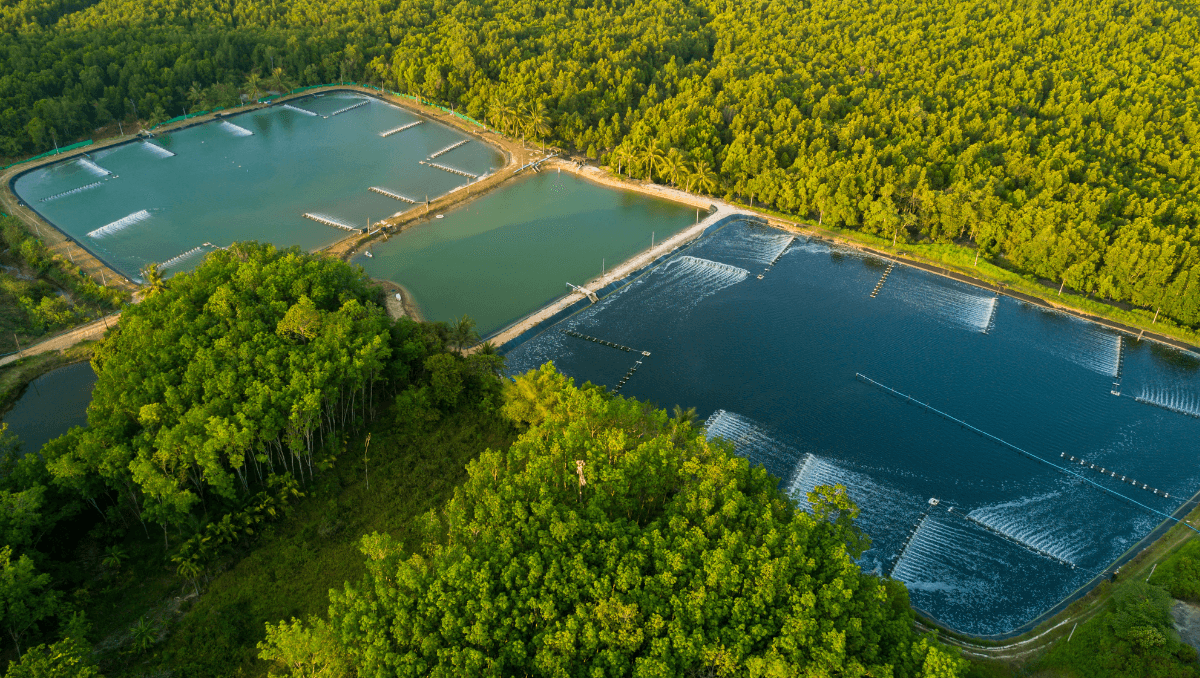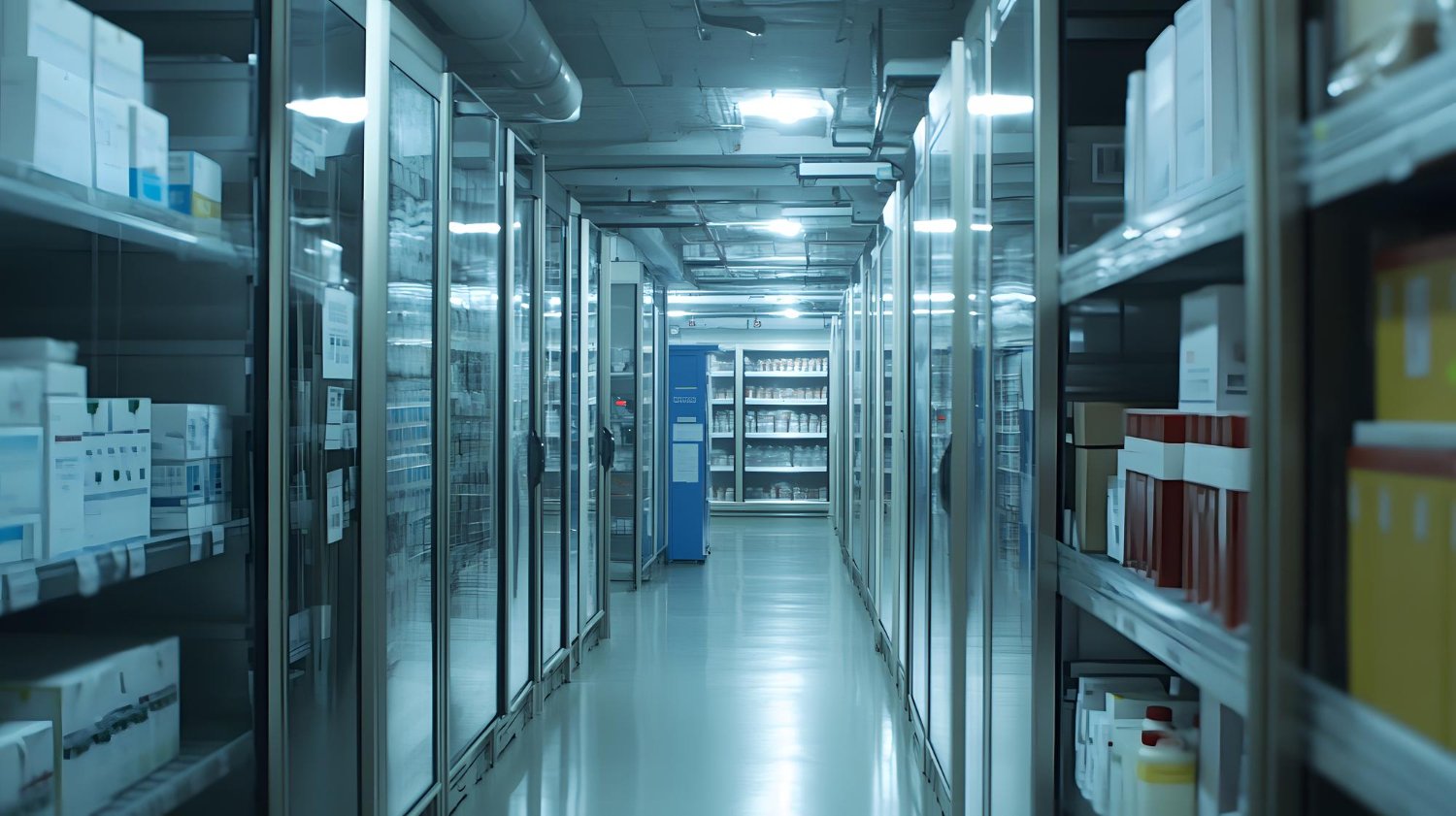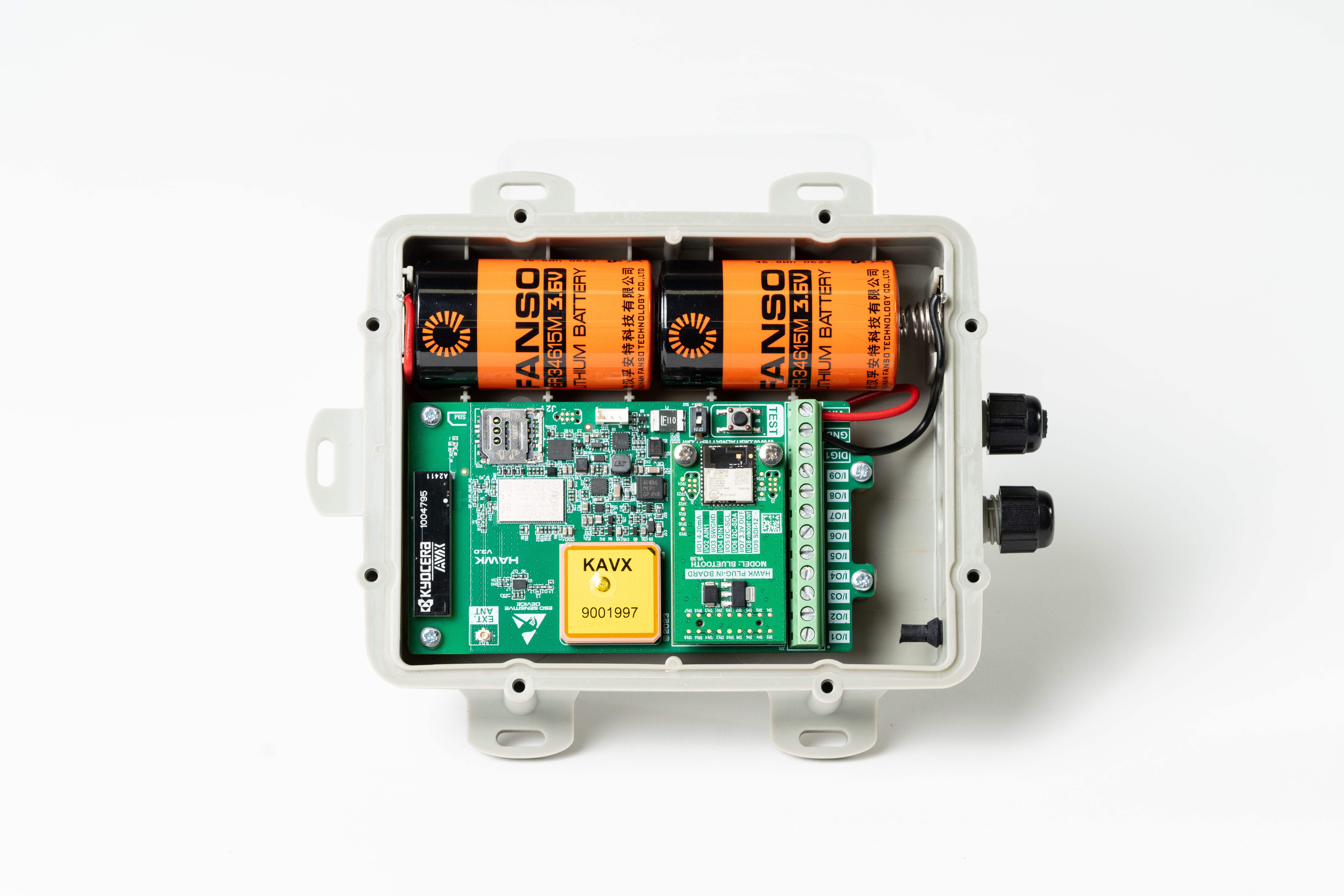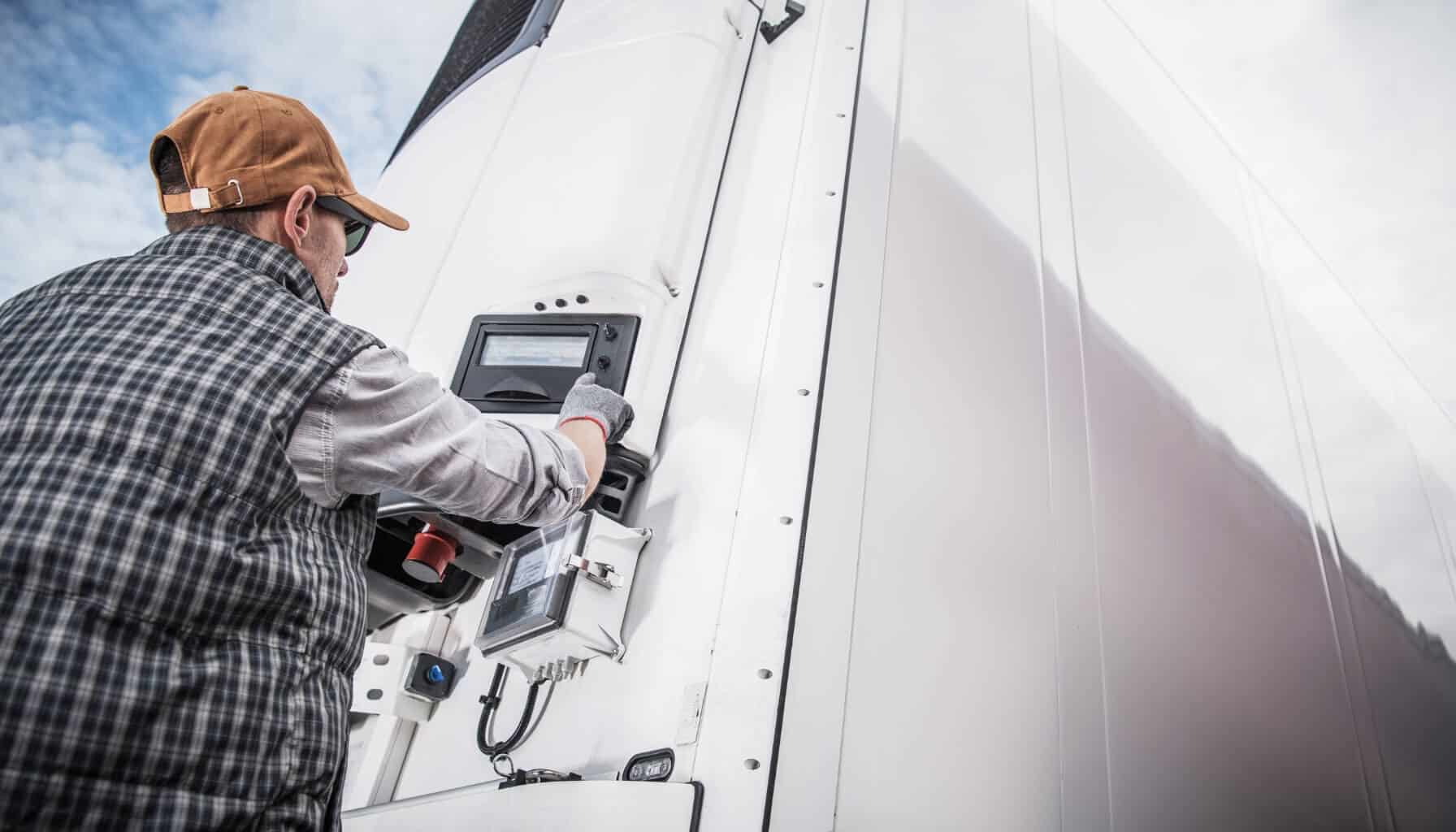IoT Water Utilities

Our mission is to help businesses connect, protect, and derive more value from their assets. As a leading global innovator, developer, and supplier of IoT solutions, we drive continuous innovation to enable our partners to deploy confidently at scale worldwide.

Key Takeaways
- IoT transformation in water management: IoT enables real-time visibility across water utilities through smart meters, leak detection, and automated pump monitoring, enhancing efficiency, reducing waste, and supporting infrastructure longevity.
- Application across sectors: From municipal utilities to agriculture, IoT sensors monitor water flow, quality, and usage, empowering data-driven decisions, automating irrigation, and ensuring compliance with health and environmental standards.
- Seamless data integration with the Hawk: The Hawk IoT data logger supports scalable deployment of rugged water sensors, delivering secure, low-power, cloud-connected insights for proactive water utility and environmental resource management.
IoT for Water Utilities
The Internet of Things (IoT) refers to a network of interconnected devices that collect and transmit data, transforming how water utilities operate. In the water industry, IoT technologies like advanced sensors, smart meters, and data loggers enable near real-time monitoring and management of water resources. This interconnected approach significantly improves operational efficiency by providing detailed insights into water flow, pressure, quality, and consumption patterns.With a cloud-based management platform, water utilities can leverage this data to reduce water loss, enhance water conservation efforts, and optimize resource allocation. For example, smart leak detection systems can instantly alert operators to pipe bursts or small leaks, minimizing water waste and costly repairs. Additionally, predictive analytics powered by IoT can help utilities forecast demand, proactively manage maintenance, and ensure long-term infrastructure reliability.
By integrating IoT technologies, the water industry can deliver cost savings, improve customer satisfaction, and contribute to sustainable water management, ultimately supporting the broader goals of water conservation and environmental protection.
Applications of IoT in Water Utilities
- Water metering: Smart meters are equipped with sensors that measure water flow rates, playing a critical role in the overall water management process. They can detect water usage in very small increments, providing precise consumption data and more accurate methods compared to traditional manual water metering. These smart meters deliver highly accurate, near real-time data on water consumption rates, aiding billing transparency, detecting anomalies, and promoting efficient water use, ultimately saving water and reducing maintenance costs.
- Pipe/Pump Monitoring: This includes monitoring the condition of pumps and pipes to ensure timely maintenance, which reduces downtime and operational disruptions. The remote nature of this data allows for easy access, task automation, and critical alerts. For example, a task can be scheduled for a water pump to release when it hits a predetermined threshold, reducing manual labor efforts, preventing underfilling and overfilling, and helping reduce maintenance costs.
- Leak Detection: IoT sensors can detect leaks early by measuring unexpected increases in flow rates, which are often a sign of leaks in aging water infrastructure. For example, if water flow is detected during unexpected times, such as overnight or when a facility is unoccupied, this could indicate a leak. Early leak detection saves water and reduces the costs associated with extensive repairs, extending the life of the water infrastructure.
- Water Quality Monitoring: Near real-time data on water quality ensures compliance with health standards and enables quick responses to contamination. It ensures that water utilities can quickly respond to contamination events, improving public health outcomes and reducing the potential for costly, large-scale contamination incidents.
- Floodwater Management: IoT technology allows for the early detection of floods, sending alerts to prevent widespread damage. This proactive approach minimizes damage to the ecosystem, reduces environmental impact, and helps utilities take preventive action to protect communities.
- Wastewater Management: Near real-time data on wastewater processes provides critical insights that help wastewater treatment plants monitor capacity, reduce spills, and proactively manage resources. These data insights help prevent harmful wastewater overflow from reaching the public or the environment, reducing maintenance costs and ensuring compliance with environmental regulations.
IoT Sensors for Water Utility Management
Water utility IoT sensors work in conjunction with a data logger to collect and transmit specific data crucial for effective management, especially when dealing with aging water infrastructure. Unlike traditional meters, which often require manual readings and provide limited insights, connected devices like smart sensors offer real-time visibility into metrics such as flow rates, temperature, and water quality.
These sensors are intentionally and strategically deployed across a water distribution network to ensure comprehensive data collection. They continuously communicate their readings to a water utility data logger, which aggregates the data and transmits it to a cloud network. This approach not only improves operational efficiency but also enables proactive measures, such as early leak detection and predictive maintenance, reducing the risk of costly infrastructure failures.
With the ability to access this data remotely, water utility stakeholders can automate routine tasks, set alerts for anomalies, and make data-driven decisions to extend the lifespan of their infrastructure and optimize water management.
Smart Water Utilities for Agriculture
Agriculture is one of the most water-dependent industries, and the need for smart irrigation systems is becoming increasingly prevalent as IoT adoption continues to grow. IoT has enabled smarter irrigation management, helping farmers manage water resources more effectively and optimize their water supply to enhance crop yields. IoT sensors allow for parameters such as soil moisture, weather conditions, and water usage to be monitored, providing farmers with essential insights and allowing them to automate efforts.
For example, a farmer could automate a sprinkler to activate when soil moisture reaches a defined threshold, ensuring efficient use of the available water supply. IoT has eliminated the need for manual intervention, which is more time-consuming, susceptible to human error, and less effective for large-scale deployments. This technology conserves water and ensures crops receive the precise amount needed, promoting sustainable agricultural practices.
Key Considerations for Building an IoT Water Utilities Solution
To determine the correct IoT water utilities system for your organization, you should consider your specific use case and the level of insights required.
-
Real-Time Monitoring: Determine whether you need real-time monitoring or how often you need the data, and ensure the tech allows for this.
-
Scalability: Choose solutions that allow for easy expansion as your operations grow and new devices are added.
-
Integration Capabilities: Ensure that your IoT solution can seamlessly integrate with existing systems and technologies.
-
Data Security: Choose an encrypted solution that ensures your data is protected while effectively delivering data from various data points within your water management system. This approach offers enhanced security and protects sensitive operational information.
-
Energy Efficiency: It's important to consider power consumption when choosing IoT devices. Low-power communication technologies, such as NB-IoT, LoRaWAN, and Bluetooth Low Energy (BLE), can significantly extend battery life and reduce operational costs.
-
Durability and Environmental Resistance: Consider the environmental conditions that are present in your use case. Consider the use of rugged, waterproof devices that can withstand harsh conditions.
-
Data Analytics and Reporting: Implement tools that offer advanced analytics and customizable reporting options to meet your specific needs.
IoT Water Utilities: Peak HydroMet Solutions
One of our partners, Peak HydroMet Solutions, based in British Columbia, Canada, is a full-service environmental monitoring company specializing in agricultural weather and water management. They required a robust sensor monitoring solution, that could seamlessly adapt across various environments and use cases.
The Hawk IoT data logger was elected to support the monitoring of a variety of water parameters such as water levels, temperature, and salinity, providing essential data for effective water resource management and helping adhere to environmental regulations. Using the Hawk, Peak Hydromet were able to remotely monitor their projects with confidence, leading to improved crop yields.
View the full case study here.
Conclusion
The integration of IoT for water utilities offers numerous benefits, including improved efficiency, enhanced resource management, and automation. As the industry continues to evolve, it is important to partner with an experienced provider who understands the unique challenges of water management and can provide tailored solutions that meet your specific needs.
At Digital Matter, we offer both hardware and software solutions to help enhance your remote sensing needs and achieve better water utility management. Contact us today to learn about the Hawk and how it can support your needs.
FAQs
What is a data logger for water usage?
A data logger can be used to communicate information on water usage and consumption over time, providing valuable insights into usage patterns for optimized resource management.
How does a water level data logger work?
A data logger uses sensors to measure and record the water level at regular intervals. The data logger then transmits this data to a central system for monitoring and analysis.
What is the difference between a data logger and a data recorder?
A data logger is a device that stores data that can then be sent to a cloud system. Whilst a data recorder is a broader term, referring to any device that records sensor or signal inputs.



.png)




-1.jpg?width=352&name=Untitled%20design%20(5)-1.jpg)